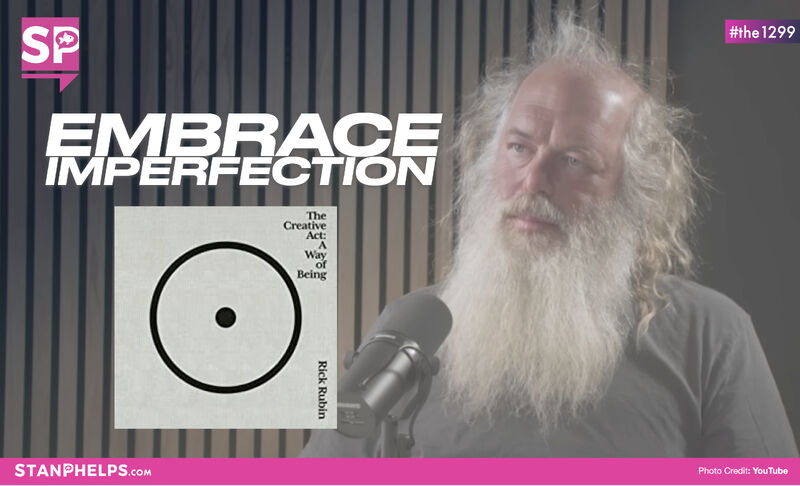Through vivid examples like the Leaning Tower of Pisa, the Japanese art form of kintsugi, and even the unexpected triumph of AI in the game of Go, Rubin demonstrates how embracing flaws and deviating from accepted norms can lead to remarkable breakthroughs.
One of the notable examples that Rubin presents in his book is the Leaning Tower of Pisa. Despite being an architectural flaw, the tower has captivated people around the world for centuries. Rubin suggests that its imperfection adds a unique character and charm. The tower’s lean challenges conventional expectations of perfection, illustrating the beauty that can arise from embracing flaws and limitations.
Rubin also highlights the Japanese art form of kintsugi, where broken pottery is repaired using gold lacquer, transforming the fractures into beautiful, visible scars of gold. Kintsugi philosophy teaches that the repaired object becomes more valuable and beautiful precisely because of its imperfections. Rubin sees this art form as a metaphor for embracing our own personal imperfections and vulnerabilities, emphasizing that they contribute to our uniqueness and enhance our creative journeys.
Rubin delves into the world of artificial intelligence to showcase how unconventional thinking can yield remarkable results. In 2016, Google’s DeepMind developed an AI system called AlphaGo, which played against the world champion and Grand Master, Lee Sedol. Despite being a highly complex game with more possible moves than there are atoms in the universe, AlphaGo managed to defeat Sedol in a move that defied conventional wisdom.
During the match, AlphaGo made a move, known as move 37, which baffled experts and spectators alike. It deviated from the accepted norms and initially seemed like a mistake. However, as the game unfolded, it became apparent that this unconventional move was a stroke of genius. It forced Sedol into unfamiliar territory, disrupting his strategy and eventually leading to AlphaGo’s victory. This instance illustrates the power of thinking beyond established norms and embracing unconventional approaches to problem-solving.
Rubin’s book serves as a powerful reminder that embracing imperfection is not a sign of weakness but rather a testament to the depth and complexity of human creativity.
Want to learn how to embrace imperfection, check out this video on the concept of a Pink Goldfish and the eight ways to stand out:

